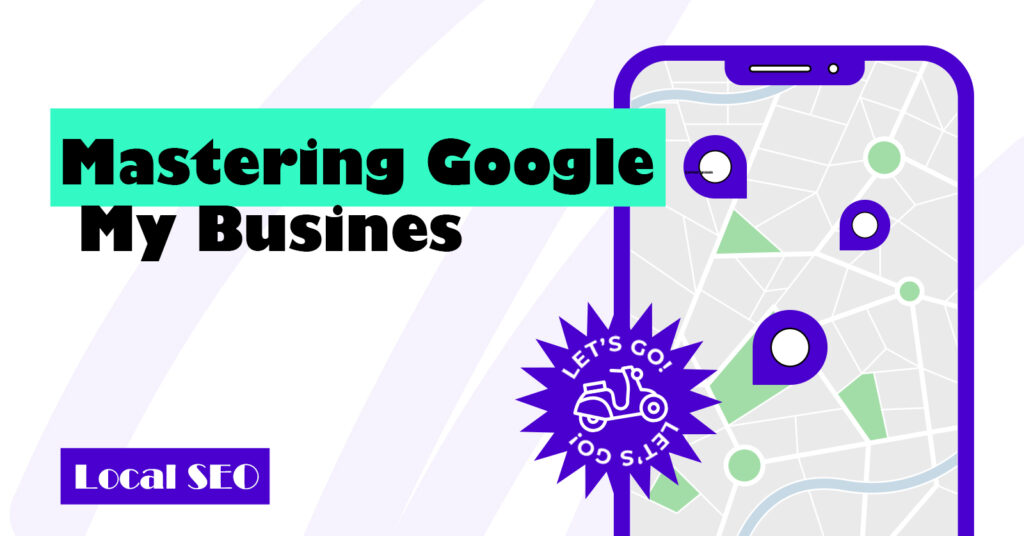In the world of local business, visibility is everything. If you’ve been putting in the effort but still find your competitors outranking you, you’re not alone. Many business owners face the same challenge. The good news is that understanding the key ranking factors can help you improve your standing in local search results. This guide will break down the most critical local SEO factors, categorize them into actionable tiers, and provide insights to help you climb the ranks.
Understanding the Importance of Local SEO
Local SEO is crucial for businesses that operate within a specific geographic area. With the rise of mobile searches, more customers are looking for services nearby. If your business isn’t appearing in the Google Map Pack, you’re missing out on significant traffic and potential revenue. Let’s dive into the most important factors that affect your local rankings.
Keywords in Your Business Name
One of the most impactful factors is whether your business name includes relevant keywords. For example, if you’re a family law office, having “Family Law” in your business name can provide a significant edge. However, it’s essential to ensure that this name reflects your actual business name to avoid penalties from Google. This factor lands in the B tier: it’s beneficial, but only if done correctly.
Keywords in Landing Page Titles
Linking your Google Business Profile to your website’s landing page is another crucial step. Including relevant keywords in your landing page title can enhance your ranking potential. This is a straightforward change you can make and falls into the A tier, meaning it’s a must-do for your SEO strategy.
Positive Google Reviews
Google reviews play a significant role in local SEO. While you can’t control what reviews you receive, you can encourage satisfied customers to leave positive feedback. The average star rating is a vital ranking factor, so aim for five-star reviews. This factor is placed in the B tier, as it requires ongoing effort.
Quality vs. Quantity of Reviews
While the quality of reviews is more important, having a higher quantity of five-star reviews can also be beneficial. Aim for as many positive reviews as possible, which places this factor in the B tier as well.
Physical Location
Your business’s proximity to the center of the city you’re targeting can influence your ranking. However, this is not a factor you can easily control unless you’re willing to relocate. Therefore, it falls into the C tier.
Social Signals
Despite common beliefs, social media engagement does not directly impact local rankings. While having a strong social media presence can benefit your overall marketing strategy, it’s not a ranking factor for local SEO. This misconception places it in the F tier.
Google Business Services
Listing your services on your Google Business Profile is essential, but having dedicated pages for each service on your website can further enhance your rankings. This factor is categorized in the B tier because it reinforces the connection between your profile and your website.
Location Factors
Several location-based factors can impact your visibility in search results. Understanding these can help you optimize your presence effectively.
Proximity to the Searcher
Google prioritizes showing businesses that are closest to the user. This is particularly relevant for service-based businesses. Unfortunately, you have little control over this aspect, placing it in the C tier.
Service Area Settings
Setting your service area in your Google Business Profile is essential for informing potential clients where you operate. However, this does not significantly influence your rankings, which lands this factor in the F tier.
Physical Location in the City
Being physically located in the city you want to rank for can help, but it’s not a requirement. This factor is in the B tier, as you can still rank well from a nearby suburb with the right strategies.
Keywords in Landing Page Headings
Incorporating relevant keywords in your page headings can improve your SEO. Aim to include keywords in your H1 and H2 tags for maximum effectiveness, which places this factor in the B tier.
Complete Google Business Profile
Having a fully completed and verified Google Business Profile is crucial. Many businesses miss out on this opportunity, making it an easy win for those who take the time to fill it out completely. This factor is placed in the A tier as a high priority.
Consistent Citations
Citations refer to mentions of your business across the web. While having consistent citations was once a critical factor, its importance has diminished over time. It falls into the D tier, meaning you should do it when you have time but prioritize more impactful strategies first.
City Name in Website Content
Including your city name in your website content can enhance your local relevance. This tactic is straightforward and effective, landing it in the A tier. Just remember to use it naturally without overstuffing.
Link Building Strategies
Links are a fundamental part of SEO, and understanding how to leverage them can set you apart from competitors.
Backlinks
Backlinks from authoritative websites are a powerful ranking factor. Although they can be challenging to acquire, they are worth pursuing. This factor is placed in the D tier, as it requires significant effort and time.
Internal Links
Creating internal links within your website is easier and can be just as effective as external backlinks. Prioritize linking to your landing page from various pages on your site, placing this factor in the B tier.
Geotagging Images
Geotagging images used to be a helpful tactic for local SEO, but it’s no longer effective. This factor is classified as an F tier waste of time.
Google Business Profile Categories
Selecting the right primary and additional categories for your Google Business Profile is crucial for local rankings. Use the most relevant categories to your business to maximize your visibility. This factor is in the A tier and is one of the most important actions you can take.
Conclusion: Taking Action for Better Local SEO
Improving your local SEO is a multifaceted challenge, but understanding these ranking factors can empower you to make informed decisions. By focusing on the must-dos and strategically implementing the other factors, you can enhance your visibility and attract more customers. Remember, while SEO is essential, providing exceptional customer experiences will always be the cornerstone of your business success.
Frequently Asked Questions
1. How long does it take to see results from local SEO efforts?
Results can vary, but you may start to see changes in your rankings within a few weeks to a few months after implementing SEO strategies.
2. Can I manage my local SEO myself?
Yes, many aspects of local SEO can be managed by business owners. However, hiring an expert can help if you want to maximize your results.
3. What are the most critical factors for local SEO?
Key factors include positive reviews, keywords in your business name, and a complete Google Business Profile.
4. How often should I update my Google Business Profile?
Regular updates are essential. Aim to review your profile at least once a month or whenever there are changes in your business.
5. Is social media important for local SEO?
While social media can enhance your overall marketing strategy, it does not directly impact your local SEO rankings.






